Significance
Liufang Mazu followers form the largest Mazu religious association in Taiwan that exists without any temple affiliation. For over three centuries, the responsibility for housing and safeguarding the Liufang Mazu statue and its accompanying censer, which symbolizes Mazu’s spirit and lends its name to the festival, has been shared among worship groups in participating townships and villages according to a rotation system. The handover between groups has developed into an annual rite for the people of Yunlin. Since this is a completely local event which has not been affected by any outside influences, many traditional Taiwanese religious practices can be seen in the ceremonies performed, especially in the setting up of the Red Altar, the opening ceremony of the parade, and the rituals surrounding the Mazu statue boarding the palanquin. For this reason, the festival has become an established element of local religious culture and has also created a strong sense of common identity among worshippers from the thirty-six participating Yunlin County villages.
History
Liufang Mazu is the goddess worshipped by the residents of Douliu City and Huwei, Dounan, Dapi, and Tuku Townships in Yunlin County. Instead of being enshrined in a temple, Liufang Mazu is housed in the Red Altar, a temporary shrine set up by a different worship group each year, These groups take responsibility during their rotation for organizing the traditional festival and its related activities. This makes Liufang Mazu worship one of the most unique religious systems in Taiwan. The practice of worshiping Liufang Mazu is said to have originated in China. When the ancestors of the Lin family of Yunlin’s Dabeishi village, a line of the Lin clan of Putian in China’s Fujian Province, immigrated to Taiwan three hundred years ago, they brought the Liufang Mazu statue with them. This particular Lin family line became well-known in the mid-eighth century due to the fact that nine brothers in one generation served as important government officials. Mazu was said to be a descendent of the sixth of these brothers, and therefore has been called the Liufang (literally the sixth brother in Mandarin) Great Aunt by members of the Lin family and later Liufang Mazu by her worshippers. The thirty-six village subdivisions of five Yunlin towns are divided into five groups which take turns housing the statue. The parade held for the handover event in the fourth lunar month of each year is one of the most important religious activities in Yunlin County. Over the years, the festival has gradually increased in scale as a consequence of word-of-mouth promotion by followers who have moved to other parts in Taiwan. The organization of the worship groups has also undergone changes. In 2013, the event was designated as an intangible cultural asset of Yunlin County.
Special Features
1Festival Schedule
Liufang Mazu is worshipped by followers in Douliu City and Huwei, Dounan, Dapi, and Tuku Townships in Yunlin County. The thirty-six village subdivisions that make up these areas are divided into five groups which take turns organizing the Liufang Mazu festival. Each year, the village on duty tosses divination blocks to choose an individual from among them to be in charge of the event. The festival schedule is as follows:
1. Tossing the divination blocks to choose the festival director: The village on duty conducts the divination block tossing on the second Saturday or Sunday of the second lunar month a year before the festival to choose the festival director from among their group; this individual will be responsible for the organization and supervision of the censer handover festival that takes place the following year.
2. Duty assignments: Composed of representatives from the thirty-six villages and branch organizations, the R.O.C. Liufang Mazu Association convenes a meeting with that year’s festival director to work out details regarding festival organization as well as to assign duties, including coordination of the parade route, the performance of rituals to pay respects to other temples along the way, and the handover ceremony to inaugurate the next festival director.
3. Setting up the temporary Red Altar: A week before the censer handover ceremony, the Red Altar, where Liufang Mazu’s statue will be enshrined to allow worshippers to pay respects and pray for blessings, is set up.
4. The parade on the handover day: One hour before the parade begins, the handover ceremony between the outgoing and incoming festival directors is held. Afterwards, worshippers carry the palanquin bearing Liufang Mazu’s statue from the old Red Altar to the new Red Altar. Mazu’s guards, the four heavenly generals, lead the parade, followed by parade teams and worshippers from the five groups in order of their turn in the rotation.
5. The Liufang Mazu statue enshrining ceremony: After the palanquin arrives at the new Red Altar, a ceremony is conducted to place the statue on the new altar.
2The Special Duty Rotation SystemThe Liufang Mazu festival has been held for more than three centuries. The village subdivisions of Douliu City and the townships of Dounan, Huwei, Tuku, and Dapi are divided into five groups, the Tuku, Dounan, Wujian, Dabeishi, and Guoxi groups; these groups rotate responsibility for enshrining the statue. Subgroups within each group also take turns as the actual custodians of the statue. The Dounan group, for example, takes on this duty once every five years. Each of Dounan’s five subgroups must wait twenty-five years to have its turn. The exact date in the fourth lunar month on which the censer handover ceremony and parade will be conducted is determined on the first Saturday or Sunday in the second lunar month each year.
3The Red Altar
 Liufang Mazu’s shrine changes its location annually in the fourth lunar month. The group on duty in a given year selects a director in accordance with established procedures to be in charge of setting up the new Red Altar where Liufang Mazu’s statue is to be enshrined. A handover ceremony is performed for the newly selected festival director to assume responsibility for safeguarding the Liufang Mazu statue and other communal property. The Red Altar is the place where the Liufang Mazu statue is temporarily seated for worshippers to make offerings and pray for blessings. Except for a lack of decoration, the overall arrangement of the altar is similar to that of traditional temples. Because the Liufang Mazu festival has maintained its local traditions and remains unaffected by outside influences, many traditional Taiwanese religious practices can be seen in the series of ceremonies performed at the Red Altar.
Liufang Mazu’s shrine changes its location annually in the fourth lunar month. The group on duty in a given year selects a director in accordance with established procedures to be in charge of setting up the new Red Altar where Liufang Mazu’s statue is to be enshrined. A handover ceremony is performed for the newly selected festival director to assume responsibility for safeguarding the Liufang Mazu statue and other communal property. The Red Altar is the place where the Liufang Mazu statue is temporarily seated for worshippers to make offerings and pray for blessings. Except for a lack of decoration, the overall arrangement of the altar is similar to that of traditional temples. Because the Liufang Mazu festival has maintained its local traditions and remains unaffected by outside influences, many traditional Taiwanese religious practices can be seen in the series of ceremonies performed at the Red Altar.
4The Fènqíjiǎo HospitalityHospitality is a central aspect of the Liufang Mazu festival. The residents of the group on duty need not participate in the parade, but they have to prepare food, snacks, and drinking water for the pilgrims from the four other groups who will be accompanying the statue to the new shrine. When the parade reaches its termination point, the village and neighborhood leaders of the group on duty greet the members of the other participating groups. This greeting process is called jiētóuqí, which literally means receiving the person holding the pennant representing their group. The leaders then invite their guests to different homes within their villages and neighborhoods for a meal, a practice known as fènqíjiǎo, which means distributing food to the troop members led by the pennant person. Most people visit the villages and neighborhoods on duty only once every five years, and their hosts are different each time. While host and guest may not be acquainted, this practice has always been carried out with great hospitality.
Reminders
Liufang Mazu is not enshrined in a temple and the parade route changes each year. Visitors intending to participate are advised to call the R.O.C. Liufang Mazu Association, leave a message on the Liufang Mazu Facebook fanpage, or contact the fan promotion association’s chairperson, Lin Geng-shen, at 0932-587-955 in advance. Arrangements can also be made for those intending to stay overnight to use accommodations provided for participants by associated temples.
Panoramic
Directions